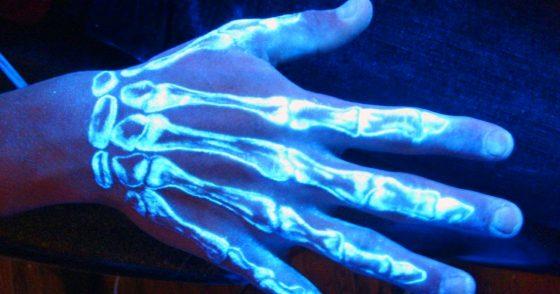Could Invisible Ink Tattoos Be Used By The Elites To Identify Unvaccinated Kids?
Because it’s becoming difficult for the ruling class and Big Pharma to keep track of people who have been vaccinated and those who have not, a suggestion to use “tattoos” has surfaced. A new technology created by researchers at the Massachusetts Institute of Technology can now help authoritarians track the unvaccinated.
According to Futurism, this means that they have found a covert way to embed the record of a vaccination directly in a patient’s skin rather than documenting it electronically or on paper. This tracking seems to be a lower-risk tracking system than vaccines themselves at least, and it could greatly simplify the process of maintaining accurate vaccine records, especially on a larger scale.
“In areas where paper vaccination cards are often lost or do not exist at all, and electronic databases are unheard of, this technology could enable the rapid and anonymous detection of patient vaccination history to ensure that every child is vaccinated,” researcher Kevin McHugh said in a statement.
If that’s what it’s used for, it will eventually also be used to force vaccines on those who wish to not receive them. There’s an obvious agenda here too when you follow the money: the Bill and Melinda Gates Foundation funded the team’s research.
This new research, which was published in the journal Science Translational Medicine on Wednesday, came about after following a direct demand from Microsoft founder Bill Gates himself, who has been personally involved in efforts to eradicate polio and measles through vaccinations, according to Scientific American.
The invisible “tattoo” accompanying the vaccine is a pattern made up of minuscule quantum dots — tiny semiconducting crystals that reflect light — that glows under infrared light. The pattern — and vaccine — gets delivered into the skin using hi-tech dissolvable microneedles made of a mixture of polymers and sugar. –Futurism
Researchers have already tested this new tattoo on rats and human cadavers.
“It’s possible someday that this ‘invisible’ approach could create new possibilities for data storage, biosensing, and vaccine applications that could improve how medical care is provided, particularly in the developing world,” MIT professor and senior author Robert Langer said in the statement.

Aucun commentaire:
Enregistrer un commentaire